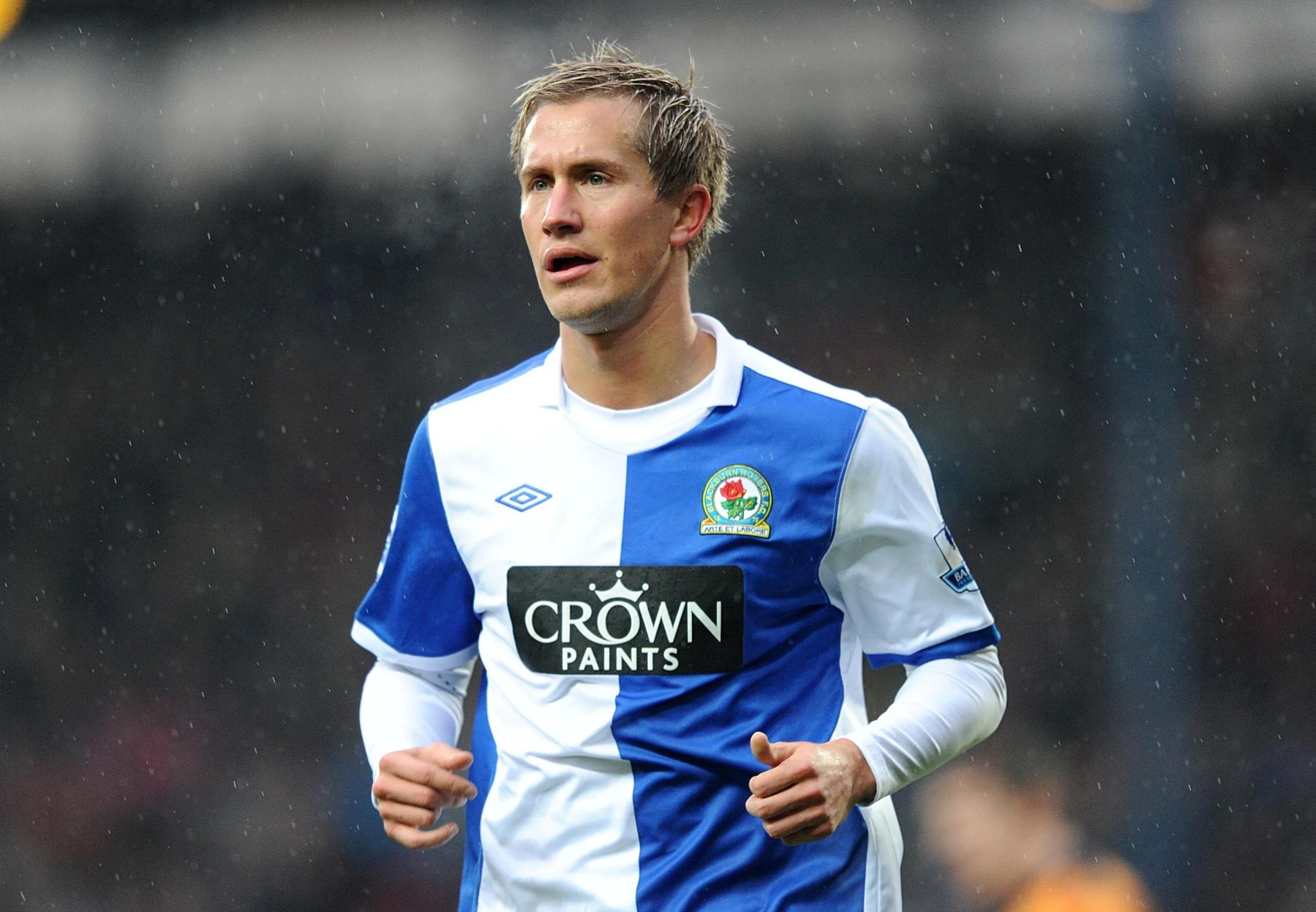Football From Within The Arctic Circle
Norway, is famous for the Northern Lights, the beautiful coastlines, or perhaps the cold weather. Whatever the case you will know something about this Scandinavian country.
What might become of interest to some people, though, is the football league and how two teams playing out from within the Arctic Circle are leading a charge to the top of the Eliteserien and setting their eyes on European football and glory.
Geographical Norway
The Eliteserien, Norway’s top division of football is comprised of 16 teams, with seasons running from March to November.
Historically the league has always been competed for and won by teams in the southern regions of the country, this is no surprise with the more favourable environment, the larger cities and better access to everything around them more appealing to the footballers who choose to play their football in the country.
The evidence is clear to see with only two teams in the top flight of Norwegian football, Tromso IL and Bodo/Glimt, playing from within the Arctic Circle.
Introduction Of Northern Norway
Teams from the northern region of Norway, historically, have been seen as ‘weaker’ and ‘not up to the same professional standard’ as teams from the southern half of the country.
It wasn’t until 1970 that the Norwegian football league accepted teams from the north of the country, and even since then, it seemed as if teams from the northern region weren’t going to make any challenges to the league as they struggled to overcome the disadvantages they had, income, stadia and for many players, a reason to go play in such difficult conditions regularly.
Tromso IL
Tromso IL, recognised as the world’s most northerly top-level football club is arguably the most sustained club from within the Arctic circle, often being in and around the top division and the second division of Norway, coming close to winning the whole lot on a couple of occasions.
Tromso plays out of the Alfheim Stadium and as you will expect, being in this part of the world, the ground is artificial with underfloor heating, something that many teams in the south of the country do not have to accommodate because of the favourable climate down there.
That’s not to say, though, that Tromso has not been competitive on all fronts, which, considering the nearest domestic away game is a 2000-mile trip, is a monumental achievement.
The club can celebrate successes such as their 2 Norwegian cups in 1986 and 1996, and even their participation on the European stage. In the not-so-distant past teams have rolled up to the Alfheim Stadium expecting a walkover and an easy 3 points to take back home with them.
This, as it became apparent to many a visitor, isn’t as easy as it seems. The likes of Turkish giants Besiktas and Galatasaray both visited the remote club and came back with zero points. Or even past Champions League/European Cup winners Chelsea and Red Star Belgrade again, both leaving with nothing.
High Flying And A Recognisable Name
Turning our attention to the 2023 season just past, Tromso managed to cement a third-placed finish, which in the Norwegian football league system allows them to qualify once again for European football, entering the Conference League second qualifying round along with second-place finishers and southern outfit Brann.
Arguably the most famous name to come from Tromso IL is one every football fan who watched the premier league in the noughties will recognise.
Morten Gamst Pedersen, the player started his senior career at Tromso in the year 2000 and got that big move to Blackburn, of which he is most recognisable, in 2004. Going on to become a ‘cult hero’ of a player to many fans, later on in 2016 Pedersen returned to Tromso and overall made 191 appearances for the club scoring 43 goals.
If you compare fellow Scandinavian clubs playing in the tougher climates you will begin to find an understanding of how remarkable the story is.
Kiruna FF plays out of the northern areas of Sweden and currently plays in the fifth tier of domestic football, a stark difference to that of Tromso IL and our next Arctic team.
YOU MAY ALSO LIKE: Is Icelandic Football Becoming a Threat to Europe?
Bodo/Glimt
So historically Tromso IL are the most well-known club in the north of Norway, however, in recent times a contender has arisen to challenge, not only Tromso, but the rest of the Eliteserien to become the best team in Norway.
Bodo/Glimt, a name which fans of the sub-divisions of European club competitions may be aware of, are the new kids on the block so to say from the Arctic Circle. The club, situated in Bodo just north of the Arctic Circle, are on the rise and looking at the most recent years of Norwegian football they are here to stay.
Winning 3 out of the last 4 Eliteserien titles they are a club that has come out of obscurity to become the best team in the country.
New Success
The club shares many similarities with its Arctic counterparts Tromso, both were accepted into the Norwegian football system in 1970, both use artificial turf with underfloor heating, both have played in Europe, and both are now fighting at the top of the Eliteserien.
Bodo/Glimt, however, have participated in European competition in each of the last 4 seasons and will be going into the Champions League second qualifying stage next season as well.
Possibly the club’s most famous result came in the UEFA Conference League group stages as they welcomed Roma to their home ground, Aspmyra, and overcame them in a shock 6-1 victory, turning the heads of the European game to recognise the brilliance that is coming out of the Arctic circle.
Within the same campaign, Bodo/Glimt managed to progress comfortably past Celtic in the knockout round playoffs and then saw off AZ Alkmaar in the round of 16 before Roma exacted their revenge in the quarter-finals.
Bringing The Arctic To European Football
So, in next year’s European competitions keep an eye out for the boys from the Arctic, both teams will be competing, albeit starting in different phases of the qualifying rounds.
Nevertheless, the story of these two clubs is paving the way for Arctic football. Not everyone will want to go there but these clubs won’t mind, it just gives them a better opportunity to cause more European shocks in the future.
Back in the domestic league as well, the foundations of these clubs and their recent success have put them in a strong position to compete for the Eliteserien for many years to come.
Possibly to the inconvenience to the southern clubs who will have to keep travelling north until they can overcome their Arctic counterparts. It’s not all cold, snow and darkness up there, there are now possibilities, joy and trophies in cabinets.
Written and researched by BSc Cavan Campbell
READ NEXT: Football in the Shetland Isles


